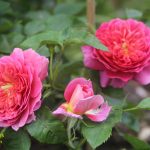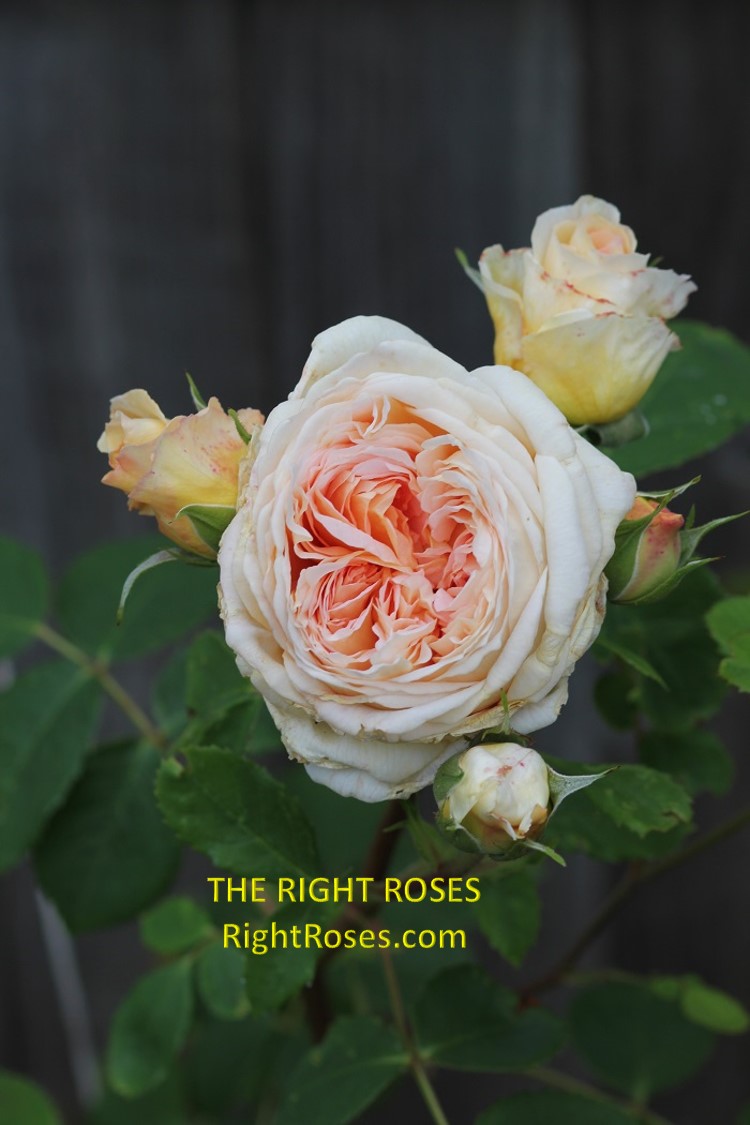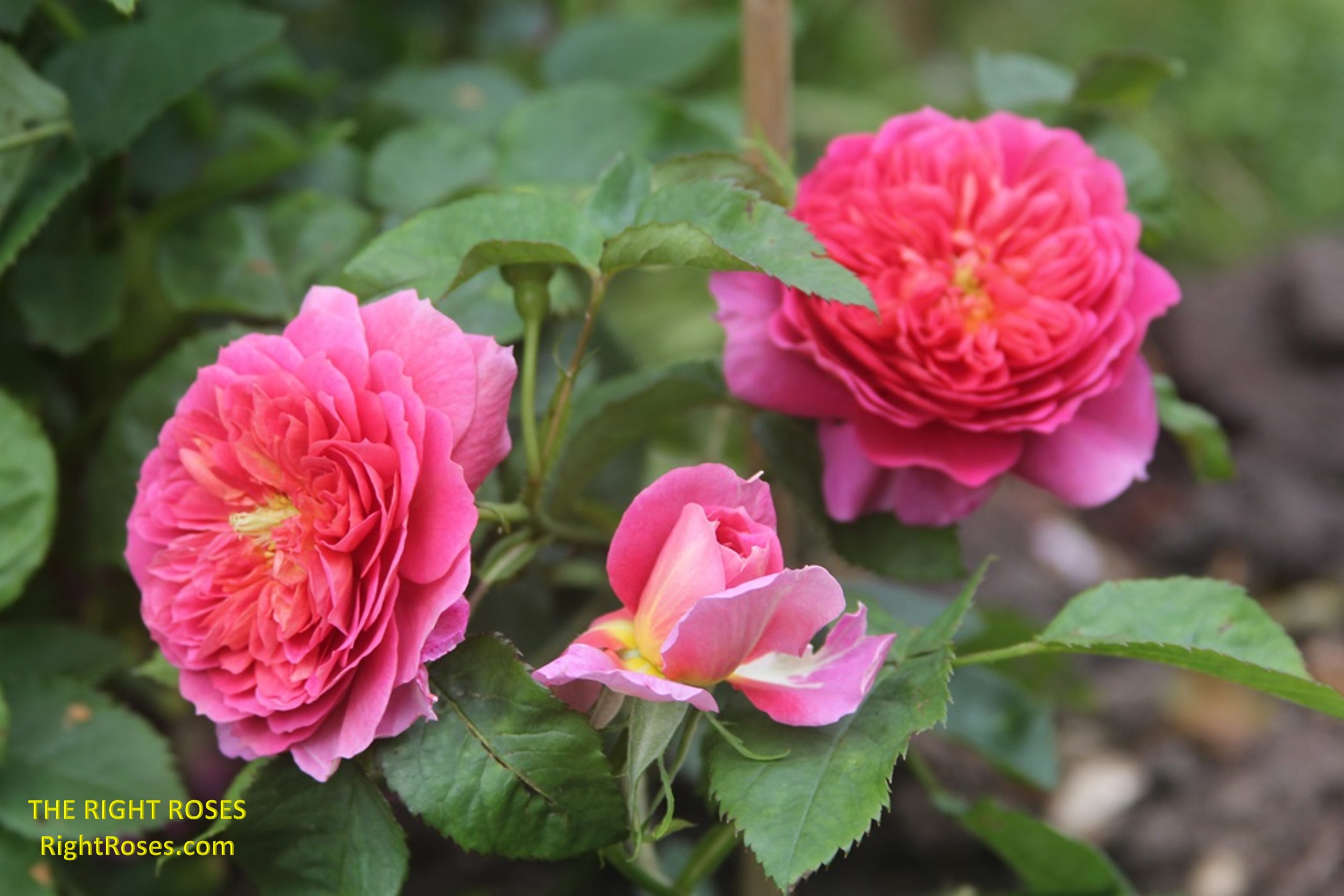This content is for Rose Connoisseur members only.
Join Now
Join Now
If you are a member, please click on the Login button. If you are not a member yet, please click on the Join Now button and select a suitable membership level.
Already a member? Log in here









